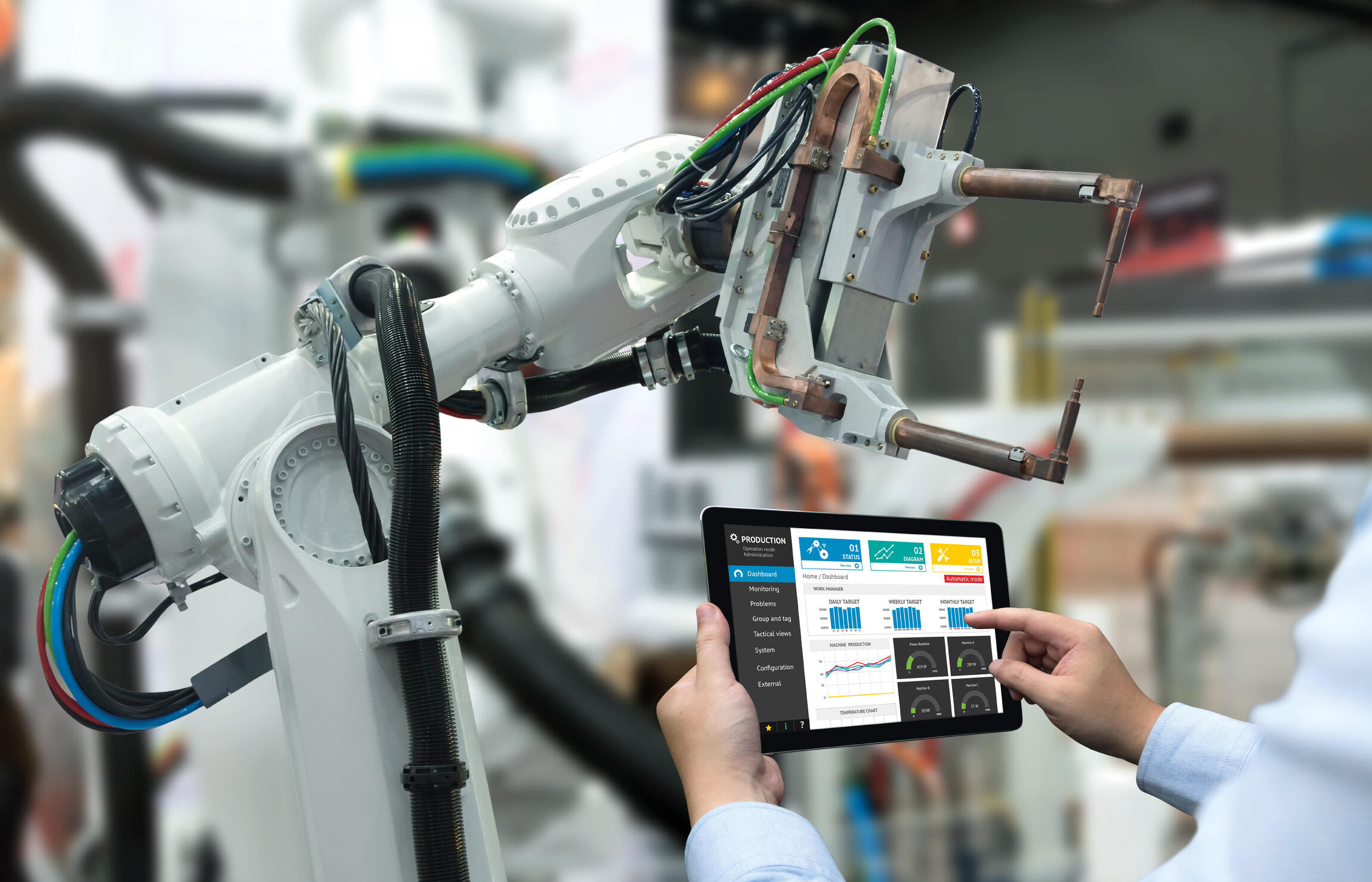Looking Glass 2021
Lens one: Humanity, augmented
Powerful new data-based tools are revolutionizing the way businesses make decisions and deploy talent, with broadly positive results. But these technologies also come with ethical and organizational challenges that responsible enterprises need to bear in mind.
Scanning the signals
As machine learning (ML) and artificial intelligence (AI) gain more industry adoption, they are enhancing — rather than replacing — human talent by automating data processing tasks and freeing people up to use their experience, creativity, and intuition. These systems enhance productivity in two main ways: making predictions to assist humans in making decisions, and automating decision-making completely.
The trend towards autonomous, machine-made decisions can have a significant impact on our lives and needs to be considered from an ethical perspective. This is driving research and industry interest in explainable AI (XAI) and stronger AI governance processes.
- Burgeoning investment in AI research and applications. Bloomberg estimates civilian spending on AI in the United States grew 22% in fiscal 2019, while government spending grew almost 70%
- Massive demand for ML, AI, and data specialists in the job market. According to LinkedIn AI specialist was the fastest-growing job category in 2020
- Growth in ML/AI start-ups, specialized products, and acquisitions. As of this writing Angel.co lists 5,711 companies and 2,790 investors in the ‘machine learning startups’ category
- Existing jobs and roles changing. Rote tasks are being automated, human workers pairing with machine counterparts, and people freed to use their experience and intuition to provide value. For example, Amazon announced that it will spend $700 million to help about 100,000 workers in the US move into more highly skilled jobs by 2025
The Opportunity
The rapid advance of AI and ML-based tools will benefit businesses on two main fronts. For workforces, automating repetitive and mundane tasks will enhance productivity, leading to gains in efficiency and output. Employees will also be freer to focus on higher-value activities that require more human creativity and ingenuity, such as developing the next product or service innovation. This will have positive consequences for employee morale and overall business performance.
Applying AI and ML to reduce inconsistencies and the probability of human error, and reduce turnaround times in delivering products or services, could significantly enhance customer satisfaction and ultimately retention. Companies can also draw on data-based solutions to learn more about and accurately anticipate customer needs, though caution needs to be exercised to ensure this is done in a way that respects privacy and security.


What we’ve seen
Trends to watch: Top Three
Adopt
Continuous delivery for machine learning (CD4ML)
CD4ML is a software engineering approach in which cross-functional teams produce ML applications based on code, data and models in small increments that can be reproduced and released anytime, with short adaptation cycles. CD4ML allows enterprises to build the capabilities and processes needed to govern, release and update ML models in a reliable and safe way, while remaining able to respond to changes and evolutions in the ML landscape.
Analyze
XAI
Explainable AI (XAI) refers to a set of tools and approaches to understand the rationale used by an ML model in reaching a conclusion. These tools generally apply to models that are otherwise opaque in their reasoning. Explainable AI is becoming increasingly important as ML models are applied in areas that directly impact the health, rights, and economic well-being of individuals, such as healthcare, criminal justice and credit decisioning. XAI will likely play an even greater role as the implications of AI for privacy and regulations such the EU’s General Data Protection Regulation (GDPR) are better understood.
Anticipate
Brain-computer interfaces (BCI)
BCI interfaces enable users to interact with computers by means of brain activity only, generally measured by electroencephalography (EEG). Advances in the use of machine learning to interpret electrical signals from the brain have created new use cases where this could be applied to help people make split-second decisions, and vastly decreased the costs of technology in this space.
Trends to watch: The complete matrix

Technologies that are here today and are being leveraged within the industry
- Intelligent assistants, agents and bots
- AI as a service
- CD4ML
- Natural language processing
- Human-machine collaboration
- Data platforms & real-time analytics
- Wearables
- ML platforms

Technologies that are beginning to gain traction, depending on industry and use-case
- Computer vision
- ML/AI on edge
- Computational linguistics
- AI-driven interaction
- Voice as a ubiquitous interface
- Data quality test automation
- Online machine learning
- Differential privacy
- Explainable AI (XAI)
- AutoML
- Automated workforce
- Privacy-respecting computation
- Decentralized data platforms

Still lacking in maturity, these technologies could have an impact in a few years
- Smart cities
- Code of ethics for software
- AI-assisted software development
- AI marketplaces
- Federated learning
- Brain-computer interfaces
- Ethical frameworks
- Causal inference for ML
- Personalized medicine
- Health and longevity
- Progressive neural networks
Advice for adopters
- Develop trust in your data. The AI models that support your teams will be created based on the data made available to them. That means the data must be transparent, accurate and reliable enough that you and your people can generally trust any decisions resulting from it will be sound and well-informed.
- Understand and communicate where machine-made decisions are subject to bias and ethical concerns. Create a framework to track what sensitive decisions will be made, describe how you expect these to affect any stakeholders involved and set out how you will detect potential unintended consequences. Ensure these decisions can be sufficiently explained and traced back to the ‘source.’
- Create quantitative baseline measurements of your current processes. Create quantitative baseline measurements of your current processes using techniques such as value stream analysis to identify areas with significant opportunities for automation, where AI and ML may produce the biggest potential gains. Refer to and update these on a regular basis to measure the effectiveness of AI/ML rollouts, and ensure automation remains targeted rather than the default solution for every problem.
- Empathize with staff fearful that “the robots will take our jobs”. Empathize with staff fearful that “the robots will take our jobs” and support them as they learn to work alongside algorithms, making it clear the ultimate aim is freeing them up for more rewarding work. Develop clear transition and career progression plans for your employees to grow into roles enabled by automation handling repetitive tasks.
- Consider whether human-machine collaboration can help you enhance customer value. Consider whether human-machine collaboration can help you enhance customer value, rather than seeing automation purely as a way to replace headcount and reduce costs. Existing staff have a wealth of knowledge about your business and customers, and these insights should be applied to effectively boost customer experience as they people spend less time on mundane functions. Any AI or ML solution should be judged not by the efficiencies it creates internally, but by the additional customer value it enables teams to deliver.
By 2022, businesses will…
… move beyond using AI and ML in standalone solutions to bring them into more core business functions as confidence in these technologies grows. We also see companies being more conscientious and selective in the way they apply data, considering the impacts on their staff, customers and society at large, and taking steps to ensure these systems are more transparent.















